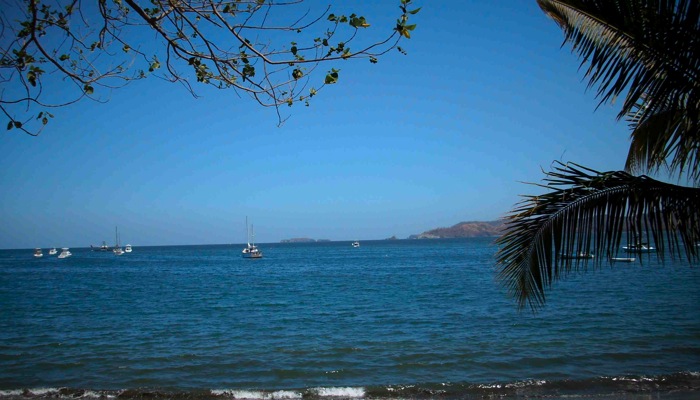
Red tide and noun gender
Our swim in Potrero bay was cut short by the marea roja, or red tide. The water was relatively clear near the shore, but over the distance, the water changed from blue-green to a dark red, almost purple color. A local explained that the ocean was menstruating. She gets sick twice a year and discards the bad stuff, he explained. A very poetic way to describe the overgrowth of algae that contains toxins. And why not anthropomorphize the sea? In Spanish, all nouns have grammatical gender; that is, they are either feminine or masculine. Buses are masculine but bicycles are feminine (el autobús, la bicicleta); books are masculine but magazines are feminine (el libro, la revista); the sun is masculine but the moon is feminine (el sol, la luna). A few words, among them mar (sea), have dual gender. Generally, people say el mar (masculine), but poets refer to la mar (feminine) and some expressions use mar as feminine (alta mar, high seas). So if the sea can be a she, the red tide can certainly be a female periodic cycle.
Saturday, April 4, 2009